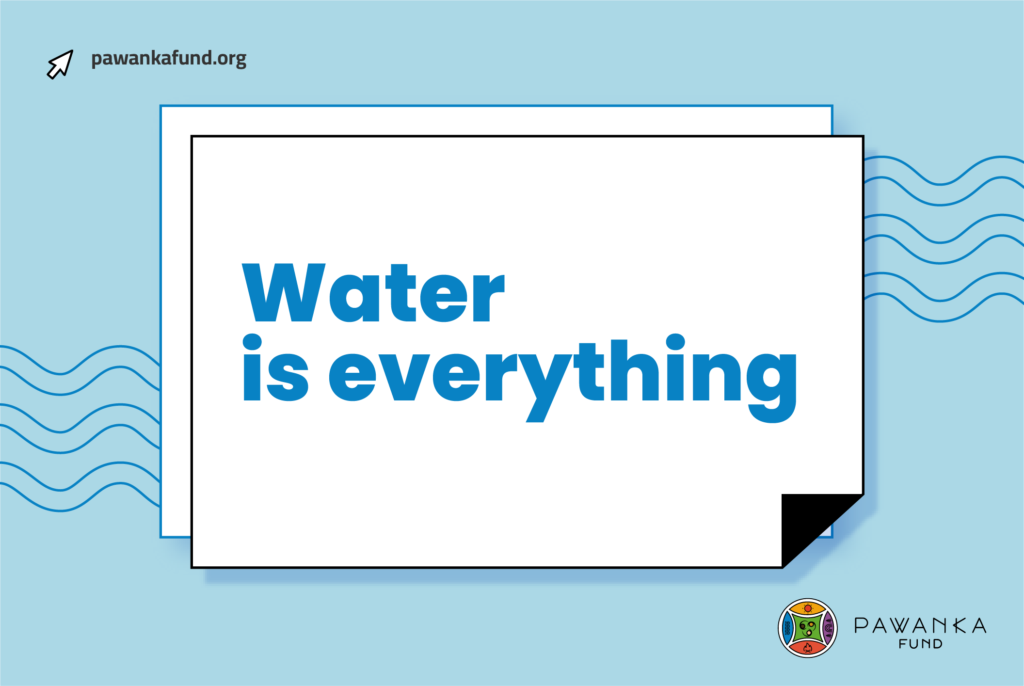Sustainable water management is currently one of the greatest global challenges, as it is fundamental for food production, ecosystem conservation and human survival. It is also a crucial part of climate change adaptation and is a determining link between societies and the environment.
For the indigenous peoples worldwide, there is a unique and spiritual relationship with water as an integral part of their culture and worldview. They have a sacred connection with water, as it is considered a living being and in many cases a deity to be respected and cared for. For indigenous peoples, the world is interrelated and affecting water sources can have consequences on the health of the community and can also mean punishments or valuable losses, since the individual and community survival of human beings and other living beings depends on the presence of water.
For this reason, fresh water sources, seas and lagoons are preserved spaces in indigenous territories and access to clean water is guaranteed for the entire community. Because of their way of seeing life and its essential elements, indigenous peoples manage the water cycle in a balanced way, as they know that the balance of the environment is fragile.
Thus, indigenous communities, in order to preserve their water sources, also preserve the forests and the environment that allows the conservation and subsistence of the water cycle. The freshwater sources and the environment are living systems thanks to the indigenous traditional knowledge and governance of the territories.
However, in recent decades the water cycle in indigenous territories has been seriously affected due to environmental destruction, deforestation, large-scale mining, industrial agriculture and cattle ranching, oil extraction and climate change, among others. These activities decrease rainfall, river flows and the volume of lagoons, and often divert water sources and pollute them.
In the current context of global warming, in which freshwater is an increasingly scarce element, indigenous peoples are the most effective protectors of biodiversity and water sources in the world. Thus, they guarantee and protect life.

